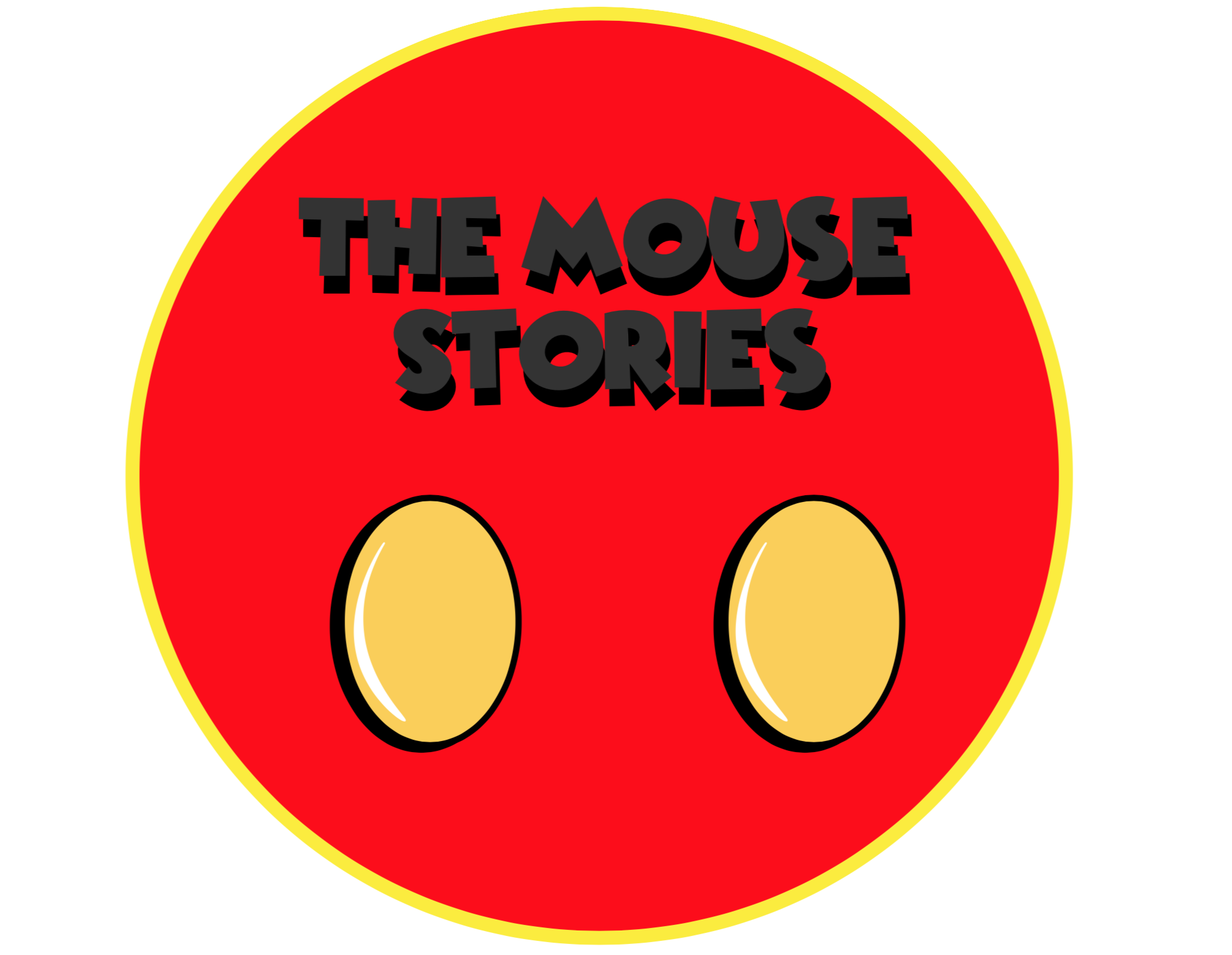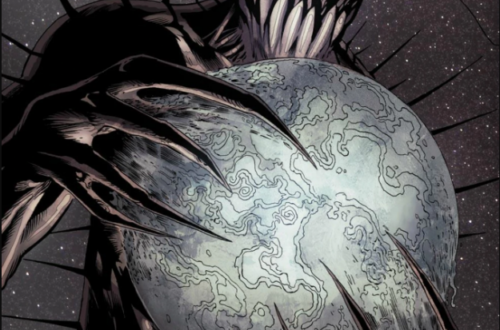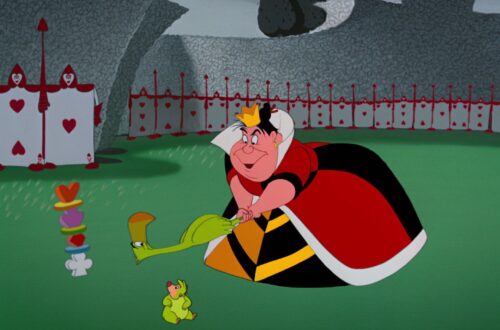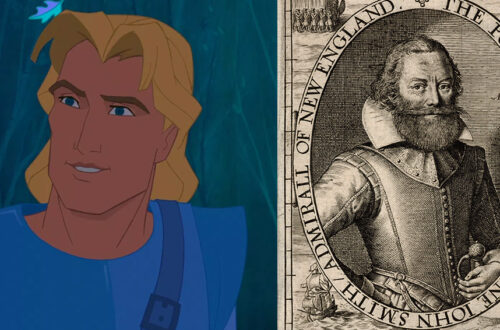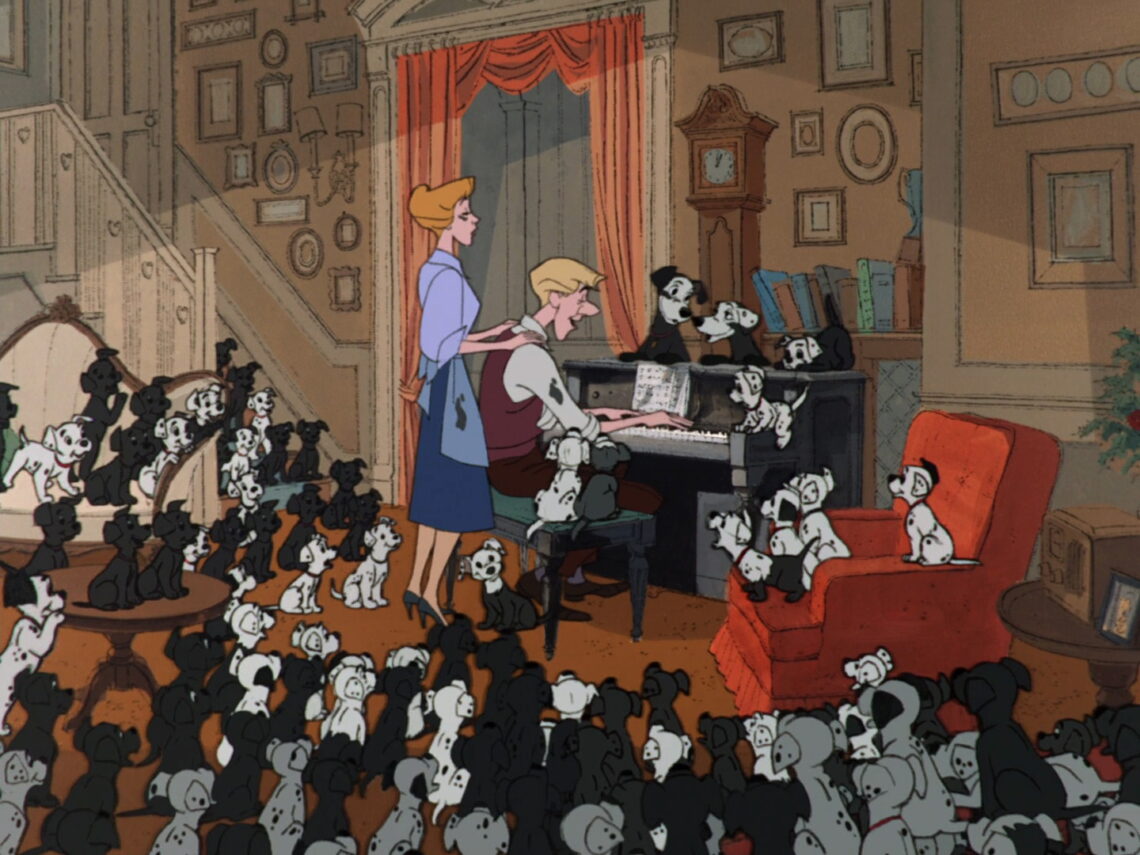
11 Dog Breeds in the movie “101 Dalmatians”
“15 spotted puddles stolen, oh, balderdash!”
How can you not love the old and deaf Colonel, who clearly and totally misunderstands Towser’s message about the 15 kidnapped puppies? He is definitely one of the most endearing four-legged characters in the entire movie. And for that reason, we decided to celebrate this well-known Disney classic with an article dedicated to our best friends – dogs – who bring us so much joy and companionship every day with their wagging tails!
To do so, we have compiled a list of 11 dog breeds that appear in “101 Dalmatians”; and of course, we had to start with the protagonists!
1. Dalmatian
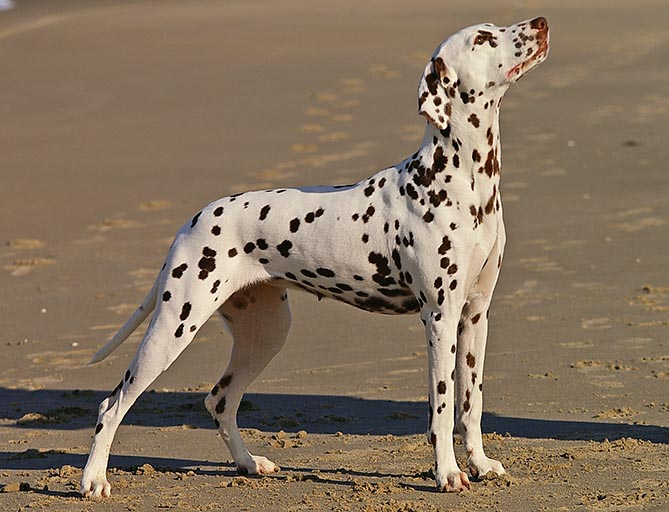
Well, it seems obvious that we had to start with the breed that gives the classic its title!
Raise your hand if, when you were a child, you didn’t dream and beg your parents for a Dalmatian like Pongo as your adorable pet friend.
Personally, I remember being so jealous of a classmate who had a lovely Dalmatian friend!
I think “101 Dalmatians” will continue to carry the banner of the Dalmatian dog breeds high over the years, among entire generations of children, who will continue to dream of owning a Dalmatian breeding like Roger and Anita do at the end of the movie.
But what kind of breed is the Dalmatian? Besides being one of the most beloved in the world, it is a breed of Croatian origin and is believed to have arrived with the invasions of Slavic peoples on the southeastern coasts of Europe. Dalmatians are scent hounds and track dogs, as well as companions. In fact, they were often used for hunting or ran alongside carriages and horses in the 1800s as sentinels.
They were also used as sentinels in times of war, as well as being used as mascots for firefighters and circus dogs!
Today, they are predominantly companion dogs and are definitely one of the most intelligent and playful dog breeds of all time!
2. Great Dane
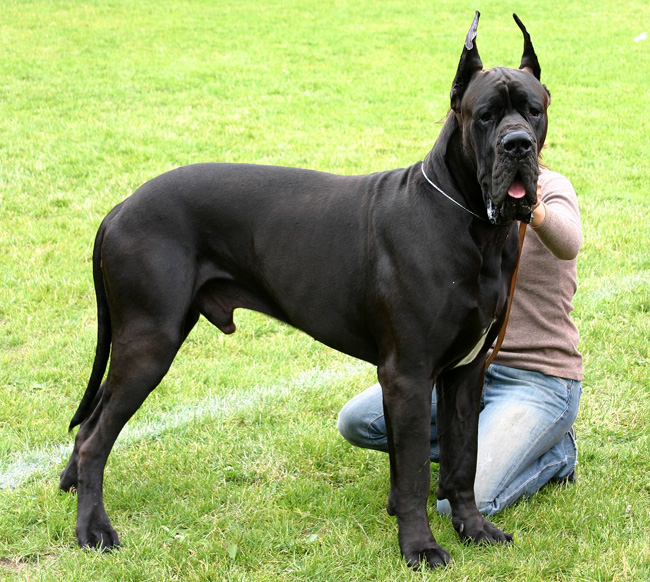
Danny, the Great Dane from Hampstead, is the first to hear Pongo’s SOS through the telegraph, so he and his small and hyperactive friend Scottie help by spreading the news to the other dogs.
Danny is a Great Dane, also known as a German Mastiff.
The Great Dane is a breed of dog originating from Germany, where it was primarily used for hunting, particularly wild boar hunting. In addition to being an extremely fast and agile dog, it is also known to be very watchful and courageous, as well as very friendly. It is also one of the tallest dog breeds, with males growing up to 76 cm tall!
Given its qualities, it was often used as a war dog as well as a guard dog, especially in noble houses and castles. However, given its slender appearance, it has been used as a companion dog for European nobility since the Renaissance. It is worth noting that, given Danny’s residence and Pongo’s reaction to his response, it can be inferred that his owner is not just any person, but rather an important member of London’s upper class.
3. Terrier
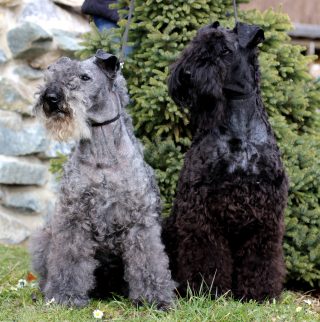
The hyperactive little dog who keeps Danny company actually belongs to one of the most peculiar breeds on the list!
In fact, the name Terrier is a generic name given to as many as 33 different breeds of dogs, whose original strain seems to be the same! They are medium and small-sized breeds that are said to date back to ancient Rome and were often used for hunting wild animals in underground dens, such as rodents, for example.
Without listing them all, it is enough to know that our dear little dog, who is a bit too anxious, seems to be a mix of a Kerry Blue Terrier, a Border Terrier, or a West Highland White Terrier.
Anyway, no matter what kind of terrier it is, I’ve decided that when I’m old, he’ll be my four-legged companion!
4. Bloodhound (St. Hubert Hound)
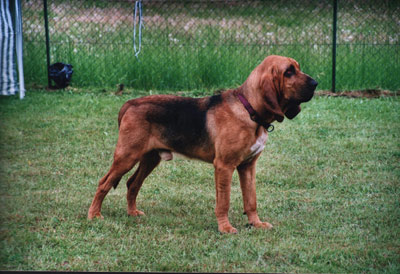
The scene of old Towser having his ears maintained by his friend the goose, when I was a child used to make me die laughing, it was a scene I adored!
Well, Towser is actually a Bloodhound, which is a hound dog with a highly developed sense of smell (it has 4 billion olfactory receptors!) and from which most other hunting dog breeds derive. Its origin dates back to pre-Christian times and its name “St. Hubert Hound” derives from the fact that, according to some scholars, the first to own these dogs were the monks of the monastery of St. Hubert, whose founder was passionate about hunting. Later, these dogs were introduced to England by William the Conqueror who called them Bloodhounds to indicate their purity of blood.
Despite its uses, Bloodhounds are very timid and affectionate dogs, and therefore, for this reason, they are often used today as companion dogs!
5. Old English Sheepdog (bobtail)
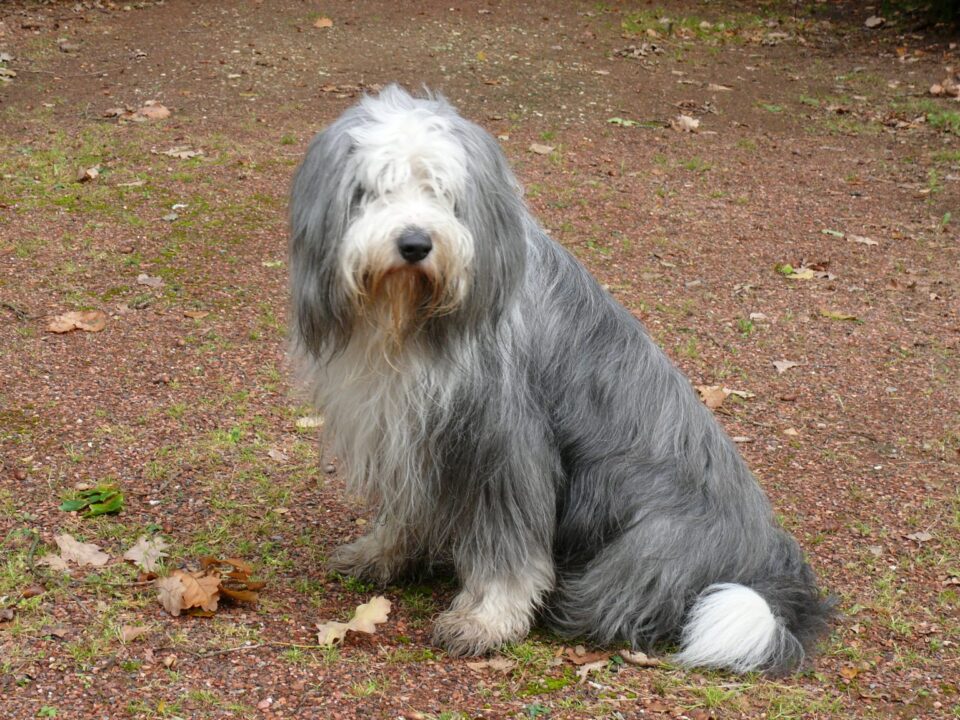
Well, ladies and gentlemen, he is the dog par excellence, the one we all love the most in the movie, I challenge anyone to deny it: Colonel!
Colonel is an old English Sheepdog and is better known as the bobtail. Its origin is traced back to 18th-century Britain, where it was mainly used to graze sheep and cattle and to help shepherds and breeders take them to markets. The name bobtail comes from the fact that the tail is usually cut off by newborn dogs.
The apparently large size is due to its very thick coat, which makes it look bigger than it actually is, and which ends up covering its eyes (as seen in Colonel); its gait is also swaying and similar to that of bears, which makes it one of the most adorable and funny dogs on the face of the earth, in my opinion!
6. Rough Collie (Long-Haired Collie).
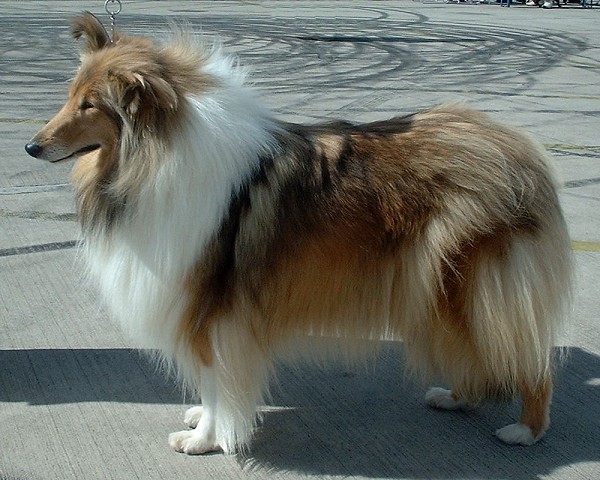
Even though he appears in the movie for a very short time, we love him because it’s thanks to him that our little four-legged heroes are saved from freezing to death! We’re talking about Collie, who, as the name suggests, is the Long-Haired Collie that takes Pongo, Perdita and the puppies to the old farm where they rest and meet the cows.
This breed reached its maximum development in Great Britain in the 18th century as a working dog. Just like their Bobtail relatives, they were mainly used as shepherd dogs and to guide livestock to the market (probably the job of our Collie with the chatty cows in the stable). They are also very agile and good as both guard dogs and companion dogs.
7. Labrador
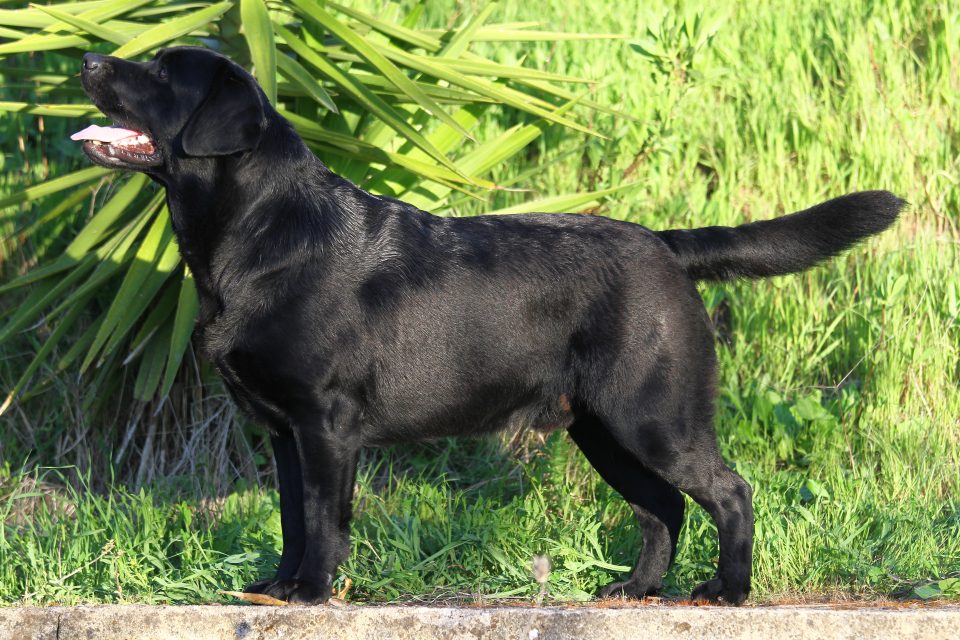
The dog that helps our heroes escape from the clutches of Cruella and climb onto the truck that will take them to the city is a black Labrador. These dogs were brought to England by fishermen around 1800; exceptional hunting dogs, they are very robust and have a gentle character. They were often used (and still are) for military work and in law enforcement, as well as for rescue and guide dogs for the visually impaired.
Given their gentle nature, they make excellent companion dogs and in the 1990s became the most popular breed of dog in the United States!
8. German Shepherd
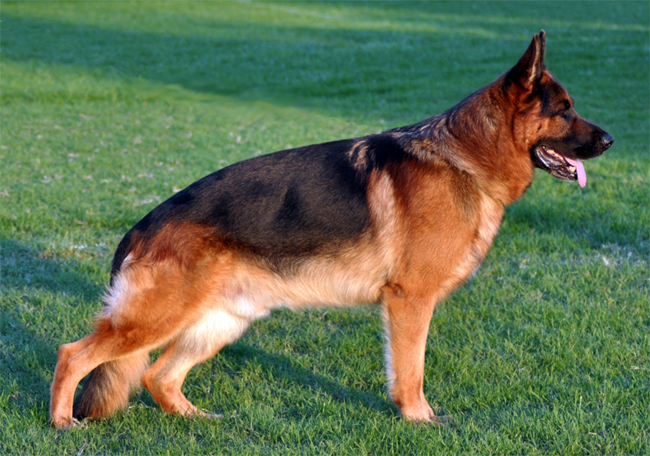
Do you remember Thunderbolt? Well, as many already know, Thunderbolt belongs to one of the most well-known and widespread dog breeds in the world, namely the German Shepherd.
There are various theories about its origins, but the German Shepherd we know today originated in Germany between the late 1800s and early 1900s from the crossbreeding of various types of shepherd dogs. It was precisely here, in fact, that many breeders (first among them Captain Max von Stephanitz) tried to cross various shepherd dogs to obtain one that was agile and fast, but at the same time also strong and resistant to work. Until the 1970s, in the United Kingdom, it was also known as the Alsatian shepherd.
This breed has had immense success if we think about all the times it has been used as a star or appearance in movies and television, or for its extensive use as a police dog or guide dog for blind people. As for its character, the German Shepherd is a faithful and dedicated working dog, and often for this reason, it is used as a guard dog. However, it is also very sociable, playful, sporty, and intelligent, which makes it an excellent companion dog.
The dogs of the parade
Do you remember the famous dogs from the parade at the beginning of the movie? The ones that resemble their human friends? Well, among them we have identified three breeds, which you can find below.
9. Afghan hound
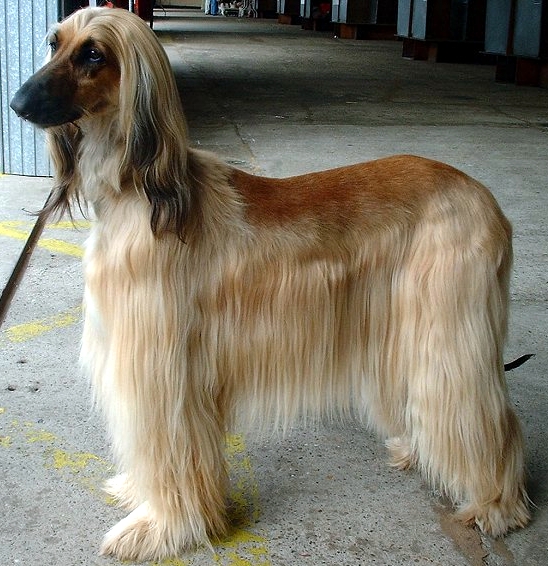
The first one you see is the same one that barks in the scene of the SOS launched by the Great Dane and that the owner calls Prissy, before grabbing her by the collar and dragging her inside.
Well, the lanky Prissy is, in all likelihood, an Afghan hound, a breed with a defined appearance: “aristocratic and far-sighted expression”. Afghan hounds are, as the name suggests, originally from Afghanistan, where they were used as skilled hunters. Often, in fact, hunters used them to chase leopards and gazelles, thanks to their structure that makes them suitable and agile in rough terrain. Previously, their origin was traced back to Egypt thousands of years ago, but scholars have not found evidence to support this theory.
However, it is known that they spread in Europe at the end of the 19th century, thanks to British soldiers returning from the border wars between India and Afghanistan. They are dogs with an aristocratic character, but at the same time also very affectionate with their friends (a little less outgoing with strangers).
Anyway, as Pongo says, they are definitely “unusual” dogs and in fact, the prices of Afghan hound puppies can even reach more than 2000 euros!
10. Pug
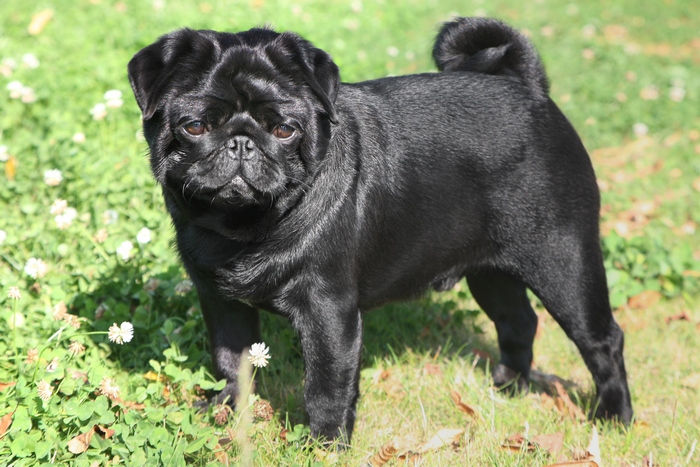
The one that Pongo describes as “a little too short” is probably a pug!
Pugs are a breed native to East Asia, probably China. They were introduced to England in the late 17th century by Dutch traders. According to some scholars, they were also very popular in the Mongol Empire among the knights of Genghis Khan (but can you imagine fierce warriors of Genghis Khan armed with small pugs in tow?). According to studies, the life of the pug has had its ups and downs: for a long time, it was persecuted because it was considered ugly, so much so that it risked disappearing. Then it became the dog of choice for salons and royalty: for example, it is said that Queen Victoria sought in vain to acquire one for her collection of dogs; while Napoleon allowed his pug to bite the calves of the waiters with complete tranquility whenever he wanted.
Finally, the pug is described as an intelligent, playful dog that is affectionate with its human friend. Being a so-called “lap dog” (a dog that can easily be held in one’s lap), given its small size, it is also a very affectionate and loyal dog.
11. Poodle
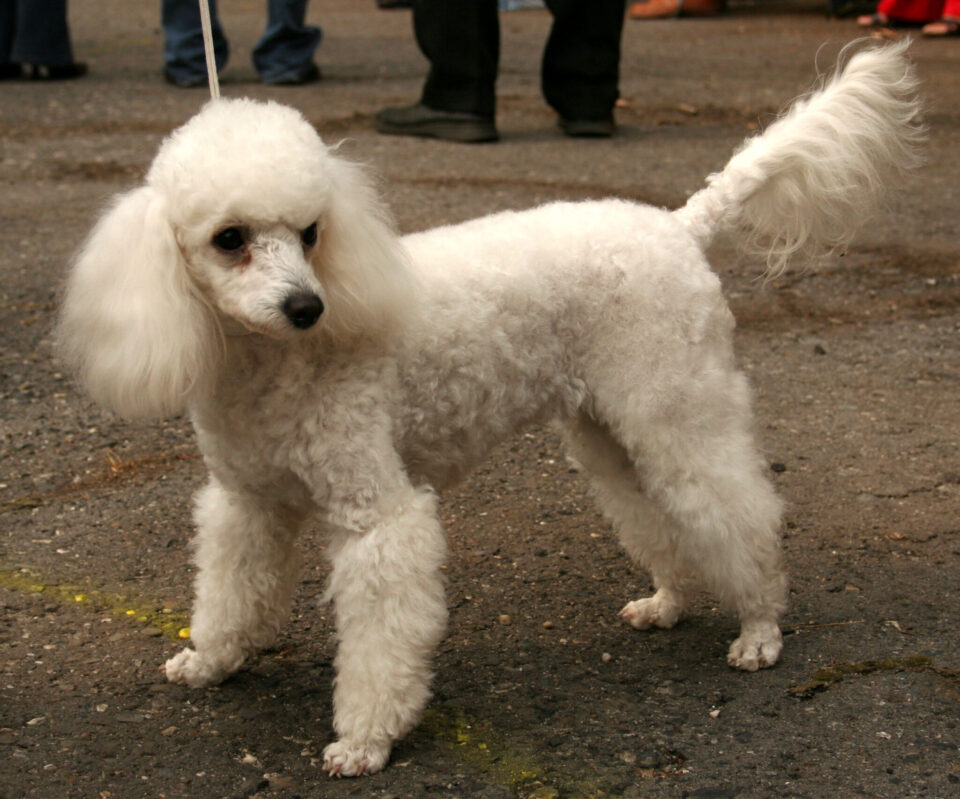
Another dog of the parade is the poddle. The poodle breed comes in four different sizes: giant, standard, miniature, and toy. Many people believe that the breed originated in France, where it is very popular, but some scholars think that it was actually developed in Germany. What is certain is that this dog, despite its name, is a very elegant-looking dog that has been used for many different activities, such as performing in circuses and hunting for truffles. In the past, they were used as water retrievers, helping to hunt ducks and game in lakes or rivers, and were valuable helpers to fishermen in ports.
It has been classified and recognized as one of the most intelligent breeds of dogs and is a very lively, playful, and sociable human companion. It is also very loyal, affectionate, and cheerful, making it an excellent companion for those who love a sporty and adventurous lifestyle.
Well, dear friends, for now, we have come to the end of this brief excursion into the dog breeds that are the protagonists of the beloved Disney Classics “101 Dalmatians”!
Which of these four-legged friends do you have or would you like to have as a friend? But, above all, on a scale of 1 to 10, how curious are you to see a pug in the company of a fierce Mongol warrior? Let us know by writing to us here or on our social channels!
Sources:
- https://www.britannica.com/
- https://www.razzedicani.net/
- https://www.treccani.it
- https://www.google.it/books/edition/Il_Cane/QEmcQIACn_8C?hl=it&gbpv=1&dq=carlino+cane&pg=PA180&printsec=frontcover


